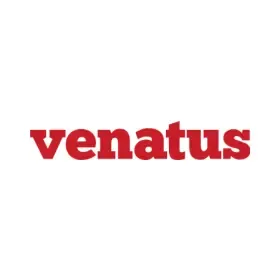The Best Ad Networks for Business Sites
An aspiring entrepreneur like yourself would never miss a chance to get another income stream. Ad networks for business sites are just that, specialized advertising platforms that connect publishers (websites, blogs, content platforms) with advertisers looking to target a business-oriented audience. These ad networks help publishers display business-related ads on their websites and earn revenue based on user engagement with those ads. The global digital advertising market is expected to reach $763.8 billion by 2026, growing at a CAGR of 13.9% from 2021 to 2026.
The main objective of ad networks for business blogs and sites is to provide a way for publishers to monetize their content and generate revenue while also allowing advertisers to promote their products or services to a relevant business audience. These ad networks typically offer a variety of ad formats, targeting options, and payment models to cater to the unique needs of business-focused publishers and advertisers.
Benefits of Ad Networks for Business Sites for Publishers:
Having an ad network that specifically caters to publishers who are running a business blog or website has its advantages. Some of the advantages are mentioned below:
- Monetization opportunities: Ad networks for business sites offer publishers like yourself a way to monetize your content and generate revenue by displaying relevant ads on your content platforms.
- Diversified revenue streams: Any entrepreneur knows the value of multiple income streams. Working with ad networks for business sites allows you to diversify their revenue streams by adding advertising as an additional source of income alongside other monetization methods.
- Customization options: Many ad networks for business sites provide publishers with customization options, such as ad placements, ad formats, and targeting options, allowing you to optimize your ad strategy for their audience and content.
- Flexibility and control: Choose networks that allow you to have the flexibility and control to choose which ads to display on your content platforms, giving you the ability to align the ads with your brand and audience preferences.
As publishers need to choose the right solutions for their businesses, AdTech vendors equally need to connect with publishers whose content and traffic matches their solutions. Publisher Growth is a platform that connects publishers and AdTech solution providers.
Setupad is one of the best website monetization platforms to increase ad revenue for publishers. Enjoy superior client support and have access to top SSPs.
iZooto helps business websites by leveraging web push notifications to enhance user engagement and drive repeat traffic. Businesses can promote products, share updates, or engage customers effectively by creating meaningful interactions through iZooto's personalized and automated notification solutions. Transforming website visitors into loyal customers is an innovative approach that fosters long-term customer relationships to enhance profitability.
Ezoic is a platform designed for business-oriented sites, offering advanced AI-driven tools to optimize ad placement and improve user experience. By leveraging machine learning, Ezoic helps publishers maximize revenue while ensuring site performance and visitor engagement remain high.
Newor Media is a professional ad management solution that helps publishers maximize their website’s earnings with AI.
MonetizeMore is a rapidly expanding ad tech company that has established itself as one of the industry leaders in ad revenue optimization. The platform offers a range of tools and solutions to publishers to maximize revenue from digital advertising.
Sulvo is a business-focused ad network designed to optimize revenue for publishers through a combination of programmatic and direct ad sales. It offers tailored solutions for publishers, focusing on high-quality monetization strategies and seamless ad integrations for business-oriented websites.
Paved is a platform that connects publishers with advertisers, specializing in native ad placements for business-related content. It offers tailored solutions that help publishers monetize their business-focused websites through direct partnerships and high-quality ad campaigns
Google AdSense is a contextual advertising network that helps publishers monetize their websites with global fills. It offers one of the best CPC rates for niche blogs and websites. AdSense is the go-to advertising network for all entry-level publishers.
BuySellAds is a full-stack revenue optimization platform for publishers that offers advertising solutions for publishers and marketers.
How to Choose the Best Ad Networks for Business Sites
In a market filled with ad networks, some things to keep in mind when choosing one are:
- Relevance: Look for ad networks that specialize in business-related ads and have a wide range of advertisers targeting the business audience.
- Ad formats: Consider the ad formats offered by the ad network and whether they align with your audience and content. Choose ad networks that offer a wide variety of ad formats.
- Payment models: Review the payment models offered by the ad network, such as CPC (cost-per-click), CPM (cost-per-thousand impressions), or CPA (cost-per-action), and choose the one that aligns with your revenue goals.
- Ad Policies: Review the ad policies of the ad network to ensure that they align with your content and brand values and comply with industry standards and regulations.
Careful consideration of these factors can ensure you partner with an ad network that is best suited to your content.
Business FAQs
Our Editors’ Pick:
Browse these amazing publisher monetization tools handpicked by our team of editors


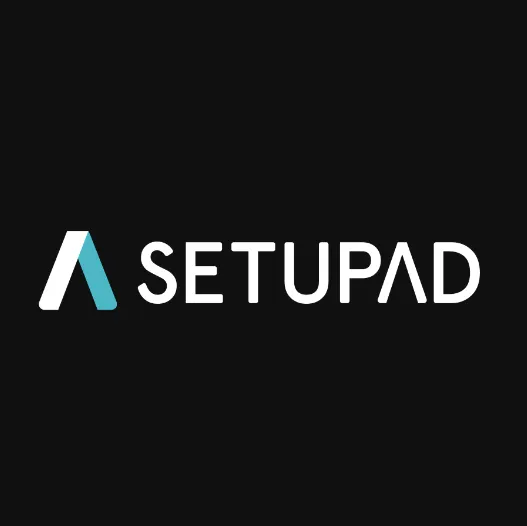


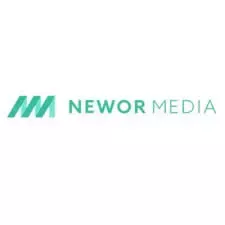
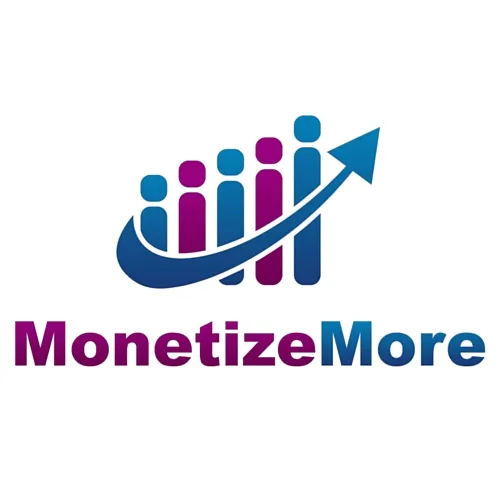
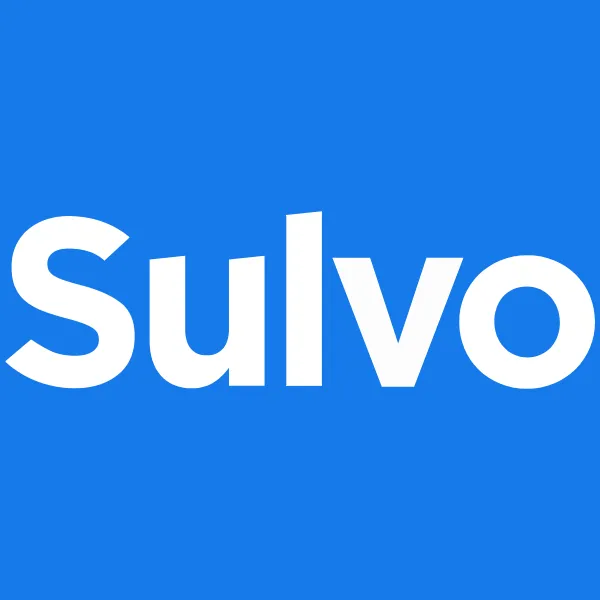




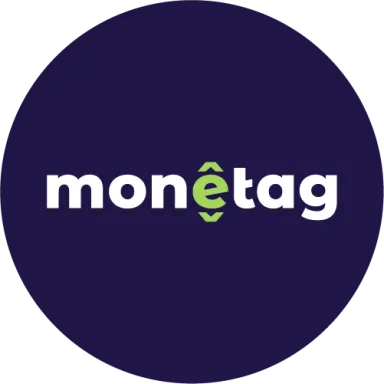


 (1).webp)
